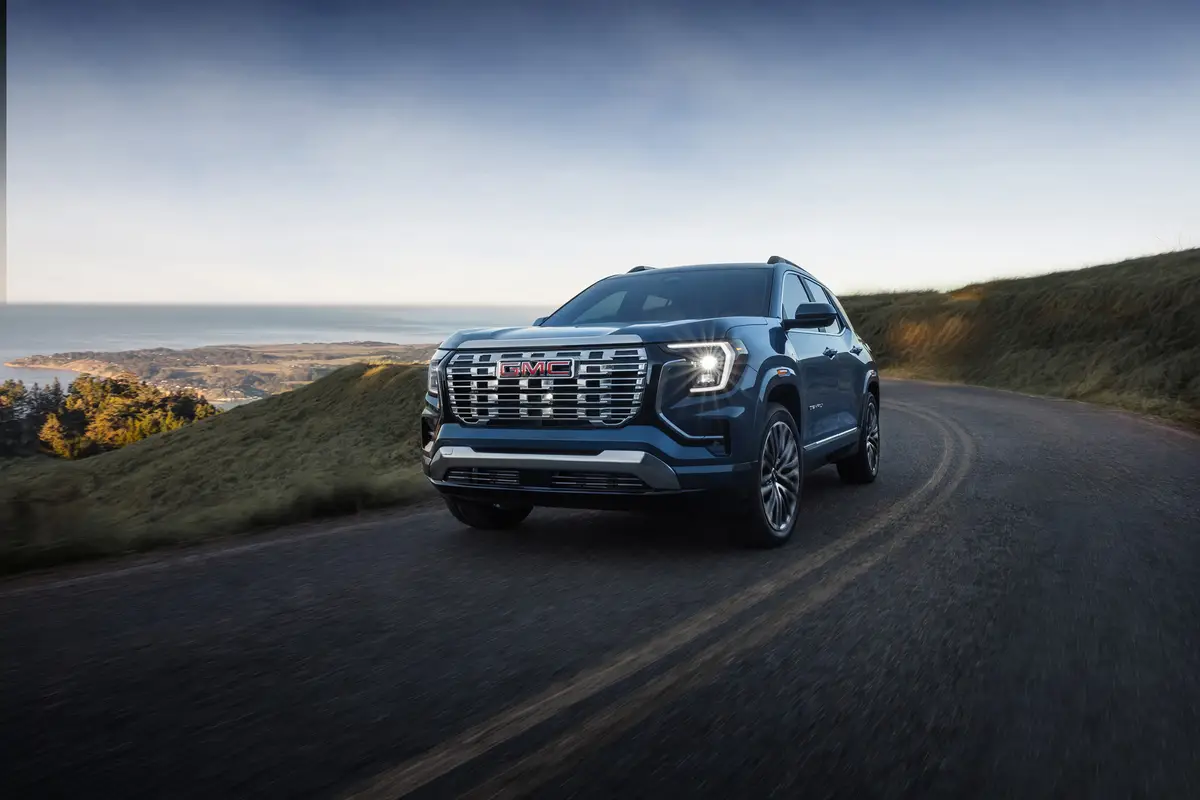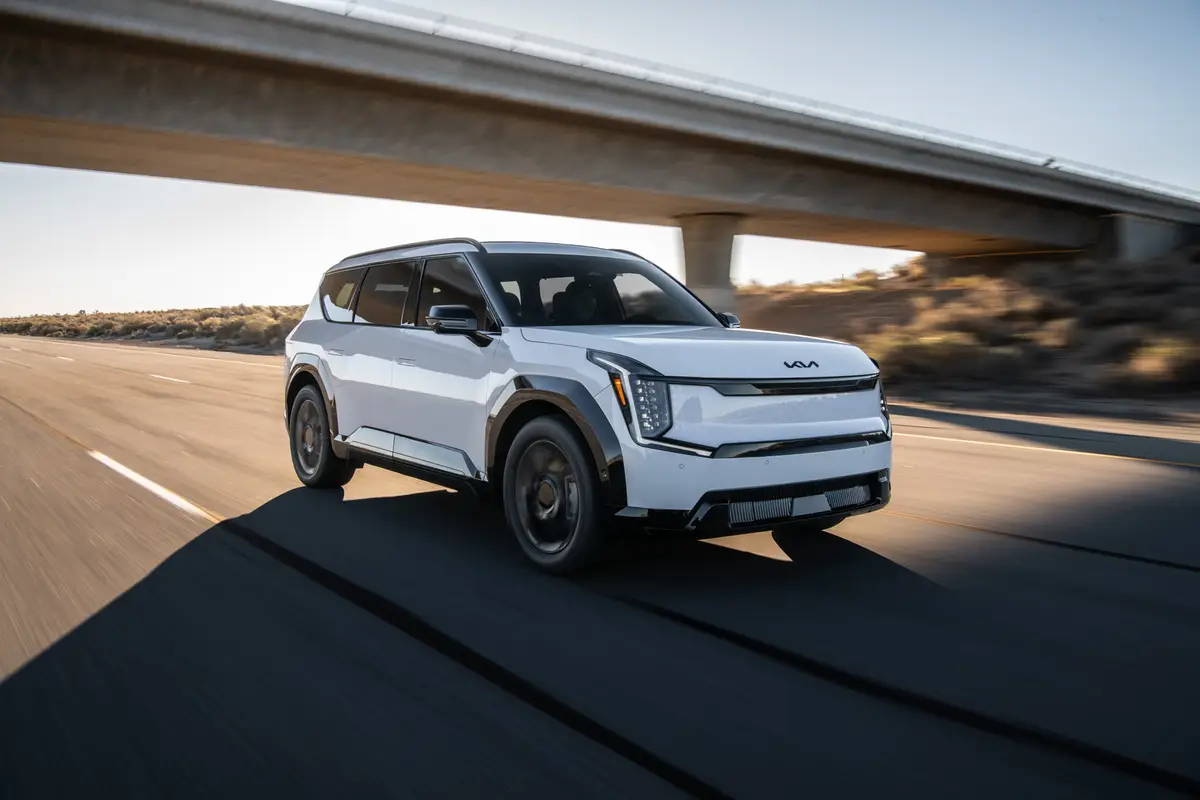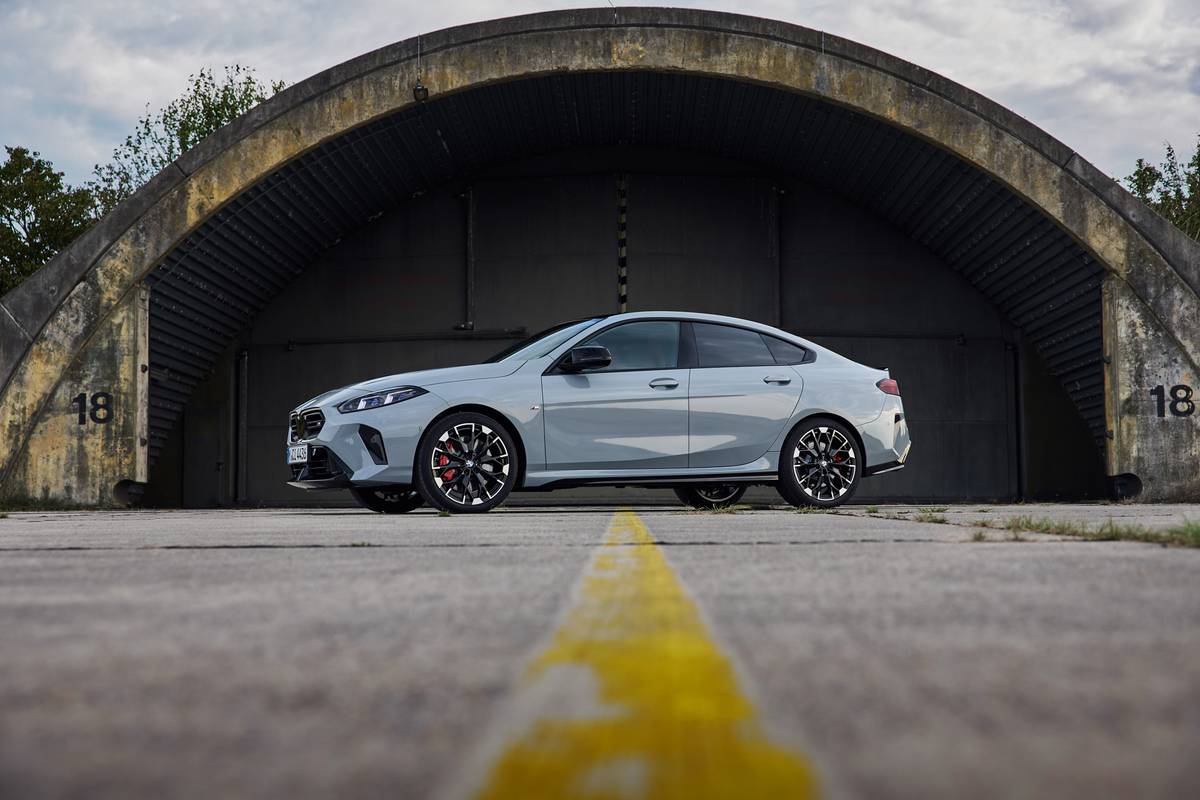The Morning Call and Mcall.com's view
One of the big success stories of the 1984 model year is Chrysler’s front-wheel drive, compact van – the Plymouth Voyager/Dodge Caravan. This all-new concept vehicle hit the market as the right product at the right time. I’m not sure if Lee Iacocca really planned it that way but when you have such a successful product, who really cares?
It seems a little hard to believe but this vehicle had a very slow start. When it was introduced, last fall, it seemed potential buyers just sat back and waited. You really couldn’t blame them. Here was an entirely new idea and no knew just what to expect. It wasn’t until after the new year that they were ”discovered.” Then, all at once, it seemed, the lots and showrooms were empty of them.
Not only were buyers caught off guard but so was Ford and General Motors who had no comparative vehicle. Even though there will be some competition from Ford and GM in the 1985 model year, Chrysler will still be in a unique position since it will still be offering the only domestically produced front- wheel drive compact van.
But what has made the Voyager/Caravan so popular? There are a number of reasons: It is attractively styled (for a van-type vehicle this is a real accomplishment), comfortable, easy to drive, easy to service, gets decent fuel mileage, is reasonably priced and fills the void for a family-type vehicle that was created as the big station wagon began disappearing. Perhaps, above all, it is just a likeable vehicle.
The test vehicle was a Plymouth Voyager but anything said about it could apply to the Dodge Caravan. First off, the Voyager is a fooler. It is not as big as it looks but carries more passengers and cargo then you might expect. No, this isn’t done with mirrors but through some clever designing and engineering. It has a wheelbase of 112 inches, overall length of 175.9 inches, width of 69.6 inches, height of 64.2 inches and curb weight of 2,985 pounds. You will notice that it isn’t a very long vehicle. In fact, it is the same length as a Chrysler Laser sport coupe. The wheelbase, though, is relatively long and this allows for more efficient use of interior space.
Chrysler wisely decided to leave the running gear outside, which, of course, means there is no engine or transmission between the two front seats. There is a short hood covering the engine and transaxle and everything that has to be serviced is in the open. Since it is front-wheel drive and no driveshaft runs under the body, it has a flat floor.
The test vehicle was a seven-passenger model (five-passenger seating is standard). It had two bucket seats up front, a two-passenger seat in the middle and a three-passenger seat in the rear. The rear passenger seats are installed with quick release latches for easy removal. In the seven passenger version, the rear seat back can be folded down to provide a stiff floor for additional storage. As can be expected, the five-passenger version provides more open cargo space. The test vehicle also had a roof rack which means anything that couldn’t fit inside can be strapped to the top. The maximum vehicle weight is 4,600 pounds which breaks down to five passengers and 250 pounds of cargo or seven passengers and 150 pounds cargo.
Driving the Voyager shouldn’t present any problems for anyone. There is excellent visibility all around and the driver sits fairly high. Since there is very little overhang on either end, it is an easy vehicle to judge. The suspension features Iso-strut (Chrysler’s variation of MacPherson strut) with coil springs up front and longitudinal leaf springs with bias-mounted shock absorbers in the rear. Although by no means a sports car, it is a decent handling vehicle with no apparent bad habits.
There’s a lot of neat little touches in the interior. However, at first you might not be able to find the glove compartment. But there is a locka ble storage drawer under the front passenger seat. T here are also cup holders on the dash and cubby boxes in the rear wheel wells. The test vehicle also had the optional manual remote vent system that opens the rear-most side windows from the driver’s seat (or, for that matter, passenger’s bucket seat). The controls are mounted in the roof on either side of the dome light. Also, there is no space tire inside to take up room. it is mounted underneath the floor on a cable and winch storage system which lowers the tire from inside the cargo area with a lug wrench. The tire drops down and forward for easy removal. The scissor jack is mounted on the passenger-side wheel house under the hood.
Passengers for the rear seats enter through an easy-to-open sliding door mounted on the right side of the vehicle. Rear passengers have adequate leg room but it is not the stretch-out room of a larger van. Interestingly, though, the rear seat can be moved forward six-and-a-half inches to expand the luggage space. This, of course, means it can be moved back the same distance for leg room. The rear liftgate opens easily and uses dual gas prop rods to support it when open.
The Voyager is not a bad-looking vehicle and some effort has gone into aerodynamics. In fact, Chrysler says that extensive wind tunnel testing has contributed significantly to the vehicle’s configuration and claims that its 0.42 coefficient of drag is the lowest of any wagon built in the U.S. You really don’t have to know too much about drag coefficients to realize the Voyager is streamlined. Just take a look at the sloping hood and 55 degree windshield rake angle.
The test vehicle was powered by the optional 156-cubic-inch, four-cylinder engine. This is the Mitsubishi 2.6-liter engine which has been used by Chrysler for a number of years and has an excellent reputation. It is rated at 104 horsepower at 4,800 rpm and 142 foot pounds of torque at 2,800 rpm. The engine is only offered with the TorqueFlite automatic transmission. Performance is quite decent, in fact, better than most people would expect. But, then, this is the largest four-cylinder engine available this year and it produces a good amount of torque which is even more important than horsepower in van and truck type vehicles.
Standard engine for the Voyager is Chrysler’s own 135-cubic-inch (2.2 liter) four rated at 101 horsepower at 5,600 rpm and 121 foot pounds of torque at 3,600 rpm. You will notice that horsepower is almost the same as the bigger engine but torque is somewhat lower. This engine, however, is available with a five-speed manual transmission which could appeal to certain drivers.
The test vehicle, with its bigger engine and automatic transmission, produced decent fuel mileage. It averaged 19 miles per gallon for city driving and 24 mpg over Lehigh Valley highways. It is somewhat unusual to have city and highway figures so close but i t does happen. I would suspect, in this case, the reason is the three-speed TorqueFlite has an advantage for city driving. Since the engine has a compression ratio of only 8.7:1 unleaded regular can be used.
Base price for the test vehicle, a top-of-the-line LE model, is $9,494. (The other two models are the base Voyager, priced at $8,669, and the Voyager SE, $8,906.) The LE, as should be expected for the extra money, had a high level of trim and appointments. The test vehicle had many options and a total price of $13,580 which included a $398 delivery charge. Options included the basic group package (an assortment of convenience and luxury items) $896; air conditioning, $761; sport road wheels, $440; seven passenger seating, $350; AM-FM stereo with cassette and electronic tuning; power front windows, $176; power driver’s seat, $226; 156 engine, $271, and automatic transmission, $454.
Latest news



